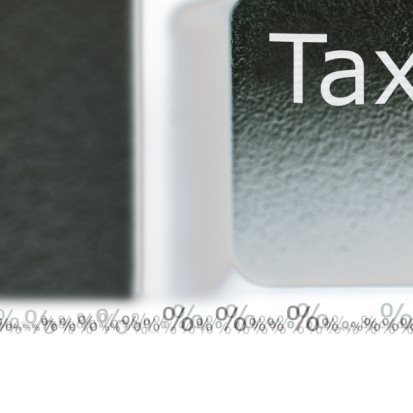
The traditional IRA was established by the Tax Reform Act of 1968. The purpose of the traditional IRA is to help individuals save for retirement through presently tax exempt contributions to a traditional IRA. A traditional IRA, like a Roth IRA is an individual retirement account.
Unlike a Roth IRA, the only requirement for eligibility in a traditional IRA is that the individual have sufficient income to contribute to the traditional IRA. However, even though you can contribute to the traditional IRA at any point there are requirements in order to take advantage of the tax incentives that go along with a traditional IRA. In order to have these available an individual must meet income, filing status other requirements of the IRS, including the availability of other retirement plans.
If you qualify for the tax incentives of a traditional IRA you will be able to take advantage of tax exclusions to interest, dividends, and capital gains produced by the traditional IRA. When contributing to a traditional IRA, all the funds that you allocate from your income to the traditional IRA is not included in your taxable income. This is a major advantage in that it will lower your currently taxable income. However, the funds from the traditional IRA will become taxable at their dispersement. If you feel that your income in the future will be less than it is now then the traditional IRA is a great way to reduce your lifetime tax burden.
The limitations for investing in a traditional IRA are standard. If you are under the age of 50 you will be allowed to contribute up to $4,000 per year to your traditional IRA. If you are 50 or over that limit increases to $6,000.
There are some disadvantages to having a traditional IRA. At the time you reach 70 and a half you must begin making automatic yearly withdrawals from your traditional IRA. If you neglect to do so then the IRS will automatically confiscate one half of the mandatory amount. In addition, if you are below the age of 59 and a half you may not withdraw funds from your traditional IRA without incurring a 10% early withdrawal penalty.
You may rollover your traditional IRA once every 12 months. This means that you may remover your funds from one traditional IRA account into another without incurring an early withdrawal fine. The transfer must be made within 60 days of removing the funds from the traditional IRA account.

































